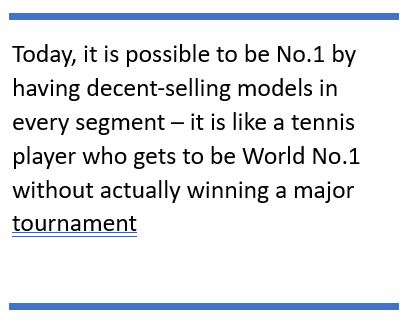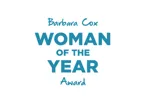The SMMT described a “bumper September”, on the grounds that registrations for the month and the year-to-date (YTD) period were up by 21.0% and 20.2% respectively. That is certainly an improvement, but it is still 42.0% lower than the peak of September 2016. That shows how big a mountain the car market still has to climb, writes David Francis.
The market is currently heavily skewed towards fleet sales, which have risen by 42.3% YTD. This is due to the fact that car manufacturers concentrated on sales to private companies during the period of chip shortages, so the YTD market share of fleet sales (52.8%) has now returned to where it was in YTD 2019 (52.4%). Conversely, private demand barely changed (up just 1.8%) as both rising car prices and higher interest rates have made PCPs less affordable.
The other macro-trend worth watching is that BEV (battery electric vehicle) market share growth has largely stalled (see chart). At first glance that seems a little odd. BEVs are particularly attractive to fleets thanks to BIK advantages, yet BEV market share is not rising (in fact it fell slightly in the month of September). The reason is that BEV sales to private buyers fell heavily in September 2023 (-14.3%), with BEV taking less than 10% of retail sales.
This is particularly worrying for two reasons.
 Firstly, there is a widespread perception amongst the public that the pressure to buy BEVs has been lifted with the government announcement that the deadline for phasing out petrol and diesel cars has been pushed back to 2035. This is part of the government’s mood music which is “We are pro-motorist and anti-ULEZ.” Hence buyers would be forgiven for thinking that the government is no longer focused on electric cars.
Firstly, there is a widespread perception amongst the public that the pressure to buy BEVs has been lifted with the government announcement that the deadline for phasing out petrol and diesel cars has been pushed back to 2035. This is part of the government’s mood music which is “We are pro-motorist and anti-ULEZ.” Hence buyers would be forgiven for thinking that the government is no longer focused on electric cars.
Login to continue reading
Or register with AM-online to keep up to date with the latest UK automotive retail industry news and insight.















Login to comment
Comments
No comments have been made yet.